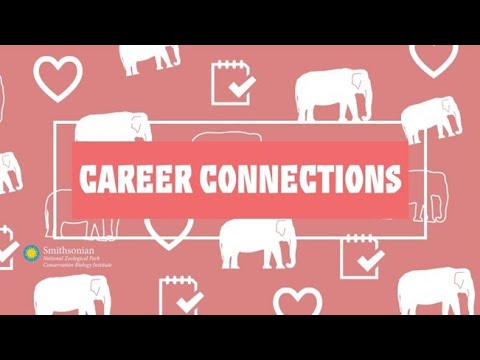- The Role and Responsibilities of a Veterinary Pathologist in Wildlife Conservation
- The Educational Path to Becoming a Veterinary Pathologist
- Challenges and Opportunities in Zoo and Wildlife Pathology
- The Interdisciplinary Nature of Veterinary Pathology
- The Impact of Veterinary Pathology on Conservation Efforts
Veterinary pathologists play a pivotal role in the field of wildlife conservation, often working behind the scenes to unravel the causes of disease and death in animals. Their expertise is crucial in diagnosing illness, contributing to the conservation of endangered species, and enhancing the welfare of animals in captivity and the wild. This role stands as a testament to the importance of combining veterinary medicine with ecological stewardship. It underscores the necessity of targeted interventions aimed at promoting animal health and maintaining biodiversity.
The journey to becoming a veterinary pathologist begins with an extensive academic foundation. A Doctor of Veterinary Medicine (DVM) degree is the basic requirement, followed by a residency in veterinary pathology. This educational path includes rigorous training in histopathology, gross pathology, and cytology, among other specialties. Post-graduate certification through bodies such as the American College of Veterinary Pathologists further refines their expertise and enhances their credibility in the field.
Veterinary pathologists face several challenges, particularly those who specialize in zoo and wildlife pathology. Diagnosing diseases in exotic species requires a thorough understanding of non-domestic animal biology and physiology. The rarity and diversity of these animals often mean limited reference materials are available, posing a unique challenge. Consequently, pathologists must develop innovative diagnostic techniques to cope with these limitations. Additionally, the collaboration with zoologists, ecologists, and other wildlife specialists enriches their practice by integrating diverse insights to develop comprehensive conservation strategies.
The field of veterinary pathology integrates numerous scientific disciplines. By working alongside researchers in fields such as molecular biology, genetics, and ecology, veterinary pathologists can draw upon cutting-edge scientific advancements to enhance their diagnostic capabilities. This interdisciplinary approach not only improves animal health outcomes but also provides valuable data to preserve our ecosystems.
In the context of conservation efforts, veterinary pathologists significantly impact through disease management and prevention. By studying disease outbreaks, they help develop vaccination strategies and health protocols that mitigate the spread of infectious diseases, which is vital for species survival. Furthermore, their research contributes to understanding the interactions between wildlife, humans, and domestic animals, providing insights into zoonotic diseases that could affect public health. This knowledge is crucial for shaping policies and practices that safeguard both animal populations and human communities.
Veterinary pathology, with its focus on diseases and animal health, plays a crucial role in the broader context of zoology, zoo management, and wildlife conservation. The insights these specialists provide directly influence the conservation strategies implemented in zoos and wildlife reserves. As advocates for animal health, veterinary pathologists are integral members of the conservation community.
*****
Source Description
Meet Dr. Kali Holder, a Veterinary Pathologist who investigates diseases by looking at cells, tissues, and organs under a microscope. As part of her “unZOOsual” career, Dr. Kali uses her discoveries to improve the health of animals that live at the zoo and in the wild.
After watching, explore more videos, resources, and upcoming programs here: https://nationalzoo.si.edu/education/school-programs


